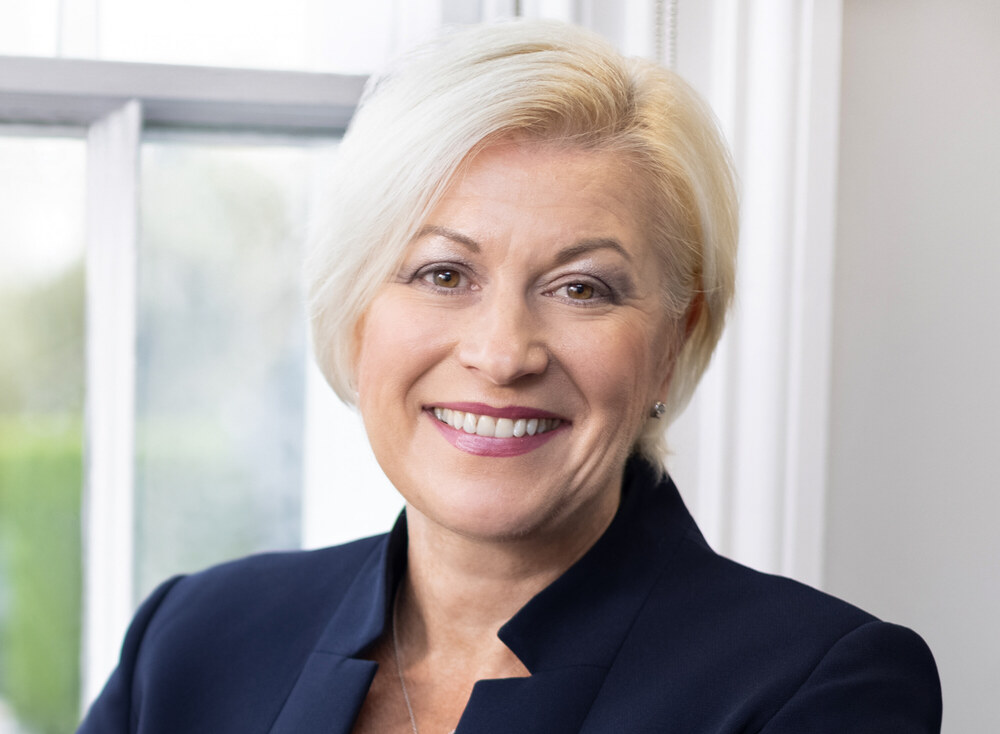‘People analytics’ is the latest buzz term in the wellbeing sector with many heralding this ability to link concrete employee data with outcomes as ‘the answer’ to the function being taken more seriously at board level.
“Data nerds” like Jordan Pettman (his terminology, which he uses with affection to refer to all those as enthusiastic about data as he is!) are being hired by companies who want to take their people strategies to the next measurable level; he joined the London Stock Exchange Group a year ago as ‘head of organisation analytics and insights’. This followed five years at FMCG company Nestle, where he was global head of people analytics and where he led some ground-breaking work. (For more on his new role, see this feature here).
But don’t worry if you’re reading this thinking ‘crikey, we don’t have a people analytics department or director…. Do we need one?’. Pettman jokes that, while the world would be a better place with more data leads like him in it, he reassures that, if you’re starting out on the analytics journey, this isn’t strictly necessary.
Identify the ‘data nerds’ in your organisation
If you’re responsible for wellbeing and you want to harness the power of data more, especially to support your business case, he first suggests that you identify the existing “data nerds” in your organisation:
“I’ll bet you’ll find them in your IT team. Or find a partner in finance or operations. Everyone should build an HR Analytics team, but there really doesn’t need for there to be one in order for you to have some analytics created around your specific content area to prove the value in your initiative and build a business case to bring in a team of expert analysts. I’d advise you to find someone who’s able to help you think through what you’re measuring and challenge you on it to create meaningful and measurable impact.”
That said, there’s no doubt that having a people analytics lead who works closely with the wellbeing function makes a huge difference. In Silvercloud’s head of clinical transformation, Dr Carolyn Lorian’s experience, the most common scenario is that companies have got a “middle manager, or sometimes less, and they don’t have a team looking at data”.
The data gap in the wellbeing sector
In her experience, too, of companies that have both wellbeing and people analytics functions, the latter is “far more ahead of the game” than wellbeing is.
“What we’re seeing in wellbeing is that there’s a significant gap in what is being measured, focusing measurement on just the obvious. People analytics is more strategic and predictive, starting to look at what might happen in future. That means you’re in a much better position to be able to have, not just insight, but foresight into what may happen,” she says.
However, she’s optimistic that, as people analytics is increasingly recognised as a powerful tool to apply to wellbeing strategies, that this will change:
“If you have someone with influence in the wellbeing role, then they can actually say ‘let’s integrate wellbeing into the people analytics strategy’. I’m hopeful that we’re moving in that direction.”
Start with your vision
Regardless of who is responsible for applying people analytics to wellbeing, Lorian’s top advice to wellbeing professionals using people analytics is to “start with your vision and your ambition around data usage and then design the plan around that”.
This is where, she says, non-experts can slip up – they don’t create a hypothesis to test and don’t think through fully how the data will be used.
“Take a pause rather than get swept up by all the hype around data at the moment because if you’ve not thought things through, then it just becomes a ‘fishing expedition’; you will catch some fish, but are these fish actually going to help you deliver on what you’re trying to do?”
Fall in love with the problem
Also, once you have collected data, Lorian again suggests pausing before you leap into “deploying a solution that might look slick and shiny but might not address the specific problem your employees are facing”. To avoid this, she advises “falling in love with the problem”, which means really spending time thinking about why your employees are feeling the way they are.
This advice is echoed by Martin Power, employee health and wellbeing manager at KP Snacks. “Data will tell you anything, what you’ve got to find out is what you want it to tell you,” he says. “Otherwise you will end up with too much data. Ask yourself: what are you wanting the data to tell you? What are your measurables?”
And “measurables” is often where wellbeing professional fall down and the lack of rigorous measurement is a reason why, in some cases, the function isn’t taken as seriously as it should be by the c-suite. Chief executive at Peopleful, Georgie Mack, paints an all too familiar picture of case studies in the industry, flagged up in press releases and conferences, when she says:
Better measurement of outcomes in wellbeing is needed
“We still get lots of people in wellbeing just listing lots of interventions but they never tell you what the actual effect is. So you get these case studies with a missing final chapter.”
She is a big fan of bringing people analytics to wellbeing and speaks for many when she says that “if we want to catalyse change then we must ally wellbeing interventions to business outcomes”.
For her, when people-analytics-applied-to-wellbeing comes into its own is when the data relates to how the employees experience – not interventions – but the organisation and its culture.
“So much of what happens to employee wellbeing is driven by what goes on in the organisation,” she says. “If you can identify the drivers of poor employee outcomes within the organisation then you can do something about them. And that’s what I think is missing from the wellbeing story at the moment.”
Shift from individual employee interventions to employer interventions
Indeed, the World Health Organisation’s latest guidance on mental health strategies advocates that there needs to be a shift in focus from individual employee interventions. Which brings us neatly back to Jordan Pettman, mentioned at the start of this article, whose job title – head of organisation analytics and insights – merges both data and how the organisation operates. By bringing these two forces together it paves the way for a focus on what “good work” looks like, which Business in the Community has been campaigning around as the key to good employee wellbeing. Part of Pettman’s remit is to support the review of job design through date enabled lens of culture, wellbeing and inclusion.
This is all music to Mack’s ears, and many others who are pushing for much needed rigour to be added to wellbeing strategies. As she says:
“There should be much more crossover with people analytics and the future of work. All of this stuff hangs together, but it currently feels very decoupled. We need to find metrics that ally with serious business outcomes. If we can join the two together, then that would make the boardroom sit up!”
You might also be interested in:
Why London Stock Exchange Group is banking on people analytics for employee wellbeing
















